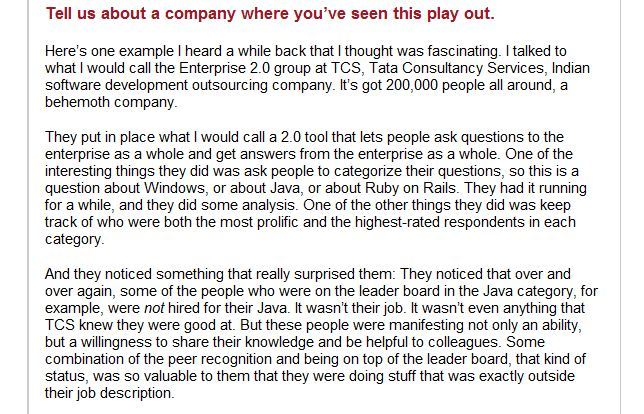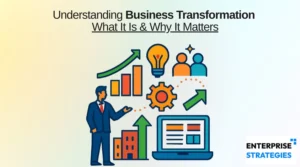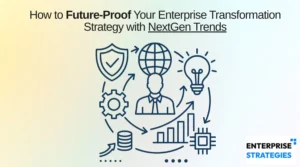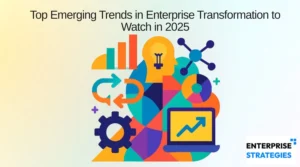Enterprise social media engages employees. I’ve mentioned that a time or two on this blog. But it also has the power to recognize and encourage those particularly special employees I call “emergent leaders.” Never heard of ‘em. What are emergent leaders? This term is not yet a common one, so let me explain. An emergent leader is one who takes the initiative to communicate and collaborate with other people toward a common outcome. That outcome could be completing a project, completing a client deal or promoting a piece of information to influence others. This initiative is self guided. These leaders aren’t being required to use their leadership skills. Instead, they are responding to a challenge or opportunity on their own and working with others in creative ways to lead them. As a result, they are earning credibility. Marketing pro and writer Geno Prussakov brought the phrase to light in a post, saying, “It is emergent leaders that are most respected and most followed.” The job title isn’t what defines their leadership level or skills. It is more attributed to the influence they wield, garnered through persistence, communication and personality. (For further study, check out Collaboration Insights: Structured vs. Emergent Collaboration by Larry Hawes of Dow Brook Advisory Services.) There is no neat little box for emergent leaders on an organizational chart, and that can be a disadvantage. A company that swears by its org chart can miss out on recognizing top talent within its ranks. Enterprise social media empowers human resources professionals and C-level executives to gauge who their emergent leaders are. How does enterprise social support emergent leadership? The business of leadership is typically a linear, hierarchical process. The people above you decide if you’re capable of leading and in what capacity. That’s not how it happens in real life. Among your group of friends, you may have a ring leader. But I’m guessing that person wasn’t chosen. He simply emerged based on his social skills and ability to mix a good drink. On a larger scale, bloggers like Seth Godin have used their social channels to become incredibly influential leaders. Seth emerged as a thought leader by taking the initiative to share and communicate, mainly through his blog. Enterprise social media enables this same kind of organic leadership. When employees are empowered to create and share content, interact with others in a community and demonstrate thought leadership, creative, self-guided leaders will emerge. In an interview with David Kiron, MIT Sloan’s Andrew McAfee offers a great example of how this played out at a very large Indian company.  Is this really something new? Before social media existed internally at organizations, you couldn’t see this type of leadership potential. Just a few years ago, for example, if I worked in human resources at a 20,000-person company and was looking for the best person to launch a new product and be a brand advocate for that product, I would go to the marketing team and ask them to lead that initiative. The marketing team would make recommendations based on who had led similar projects, who had success launching other products or other criteria. In a social environment, I can monitor social activity and see the conversations happening about this type of product. I can evaluate who has earned the respect of their peers based on social interactions. I can also see who’s interested in what. (Even though someone falls under mergers and acquisitions on the org chart, I might notice a wellspring of creative ideas and shared content. That person has marketing potential.) An emergent leader in the social arena either establishes a community or starts leading a community of interest and shows thought leadership in this area. If you’re paying attention, you’ll see patterns of growing influence and implementation of their thoughts by others in the organization. Like in an off-line environment, others will assume they are a leader and have some leadership responsibilities. When you engage employees through enterprise social media, you are also engaging leaders who are thriving in an environment where they are doing what they love. Don’t let the absence of a fancy job title fool you.
Is this really something new? Before social media existed internally at organizations, you couldn’t see this type of leadership potential. Just a few years ago, for example, if I worked in human resources at a 20,000-person company and was looking for the best person to launch a new product and be a brand advocate for that product, I would go to the marketing team and ask them to lead that initiative. The marketing team would make recommendations based on who had led similar projects, who had success launching other products or other criteria. In a social environment, I can monitor social activity and see the conversations happening about this type of product. I can evaluate who has earned the respect of their peers based on social interactions. I can also see who’s interested in what. (Even though someone falls under mergers and acquisitions on the org chart, I might notice a wellspring of creative ideas and shared content. That person has marketing potential.) An emergent leader in the social arena either establishes a community or starts leading a community of interest and shows thought leadership in this area. If you’re paying attention, you’ll see patterns of growing influence and implementation of their thoughts by others in the organization. Like in an off-line environment, others will assume they are a leader and have some leadership responsibilities. When you engage employees through enterprise social media, you are also engaging leaders who are thriving in an environment where they are doing what they love. Don’t let the absence of a fancy job title fool you.




